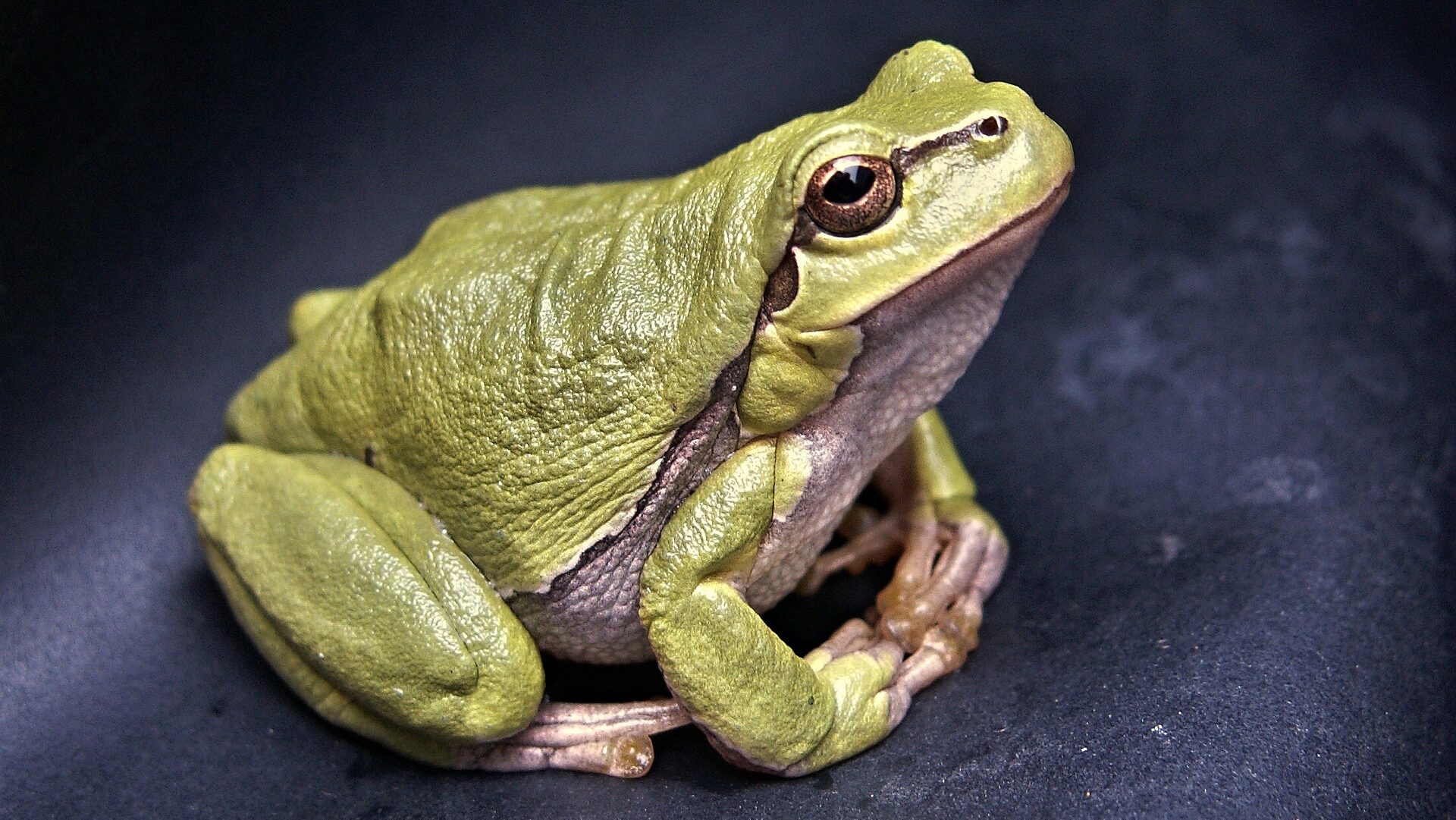Reading Time – 4 Minutes, Difficulty Level 1/5
The remarkable architecture of our teeth consists of five distinct surfaces: the Mesial surface, the Distal surface, the Occlusal surface, the Lingual surface, and the Buccal surface. While these terms define the topography of a tooth, let’s look beyond the enamel and learn about the origins of this dental lexicon.
The term “Mesial” takes its roots from the Greek word “mesos,” which translates to “middle.”
This “mesial” describes the side nearest to the center of your radiant smile, aptly known as the midline. Also, it’s the surface that often nestles between its neighboring teeth.

Turning our linguistic compass towards Latin, we encounter “Distal,” derived from “distare,” denoting a distance. In dentistry, this term paints a vivid picture of the backside of the tooth – envision it as the surface closest to your cheek. Mesial and Distal ingeniously wrap around a single tooth, whereas the duo of Lingual and Buccal unveil the tooth’s frontal and rear expanse.”Lingual” emerges from the medieval Latin “lingua,” a direct homage to our tongue. The “lingual” aligns with the rearmost part of the tooth, nestled in the terrain where our tongue resides.
Parallelly, we find “buccal,” a term emerging from the Latin “bucca,” echoing the essence of the cheek. While less evident in its etymology, “buccal” heralds the facial surface of the tooth, the visage that graces your smile. It’s also referred to as the labial or facial surface, tailored to the specific tooth type.
Finally, we reach the “occlusal” surface. Derived from the Latin “occludere,” translating to “to close up,” the “Occlusal” signifies the meeting point between upper and lower teeth. It can also be known as the biting surfaces of both the premolars and molars.
Dental Numbers?
Now, have you ever found yourself at the dentist’s office, listening to your dentist or hygienist recite seemingly arbitrary numbers? It’s a curious phenomenon, and here’s the truth – these numbers are far from random; they intricately chart the terrain of the oral landscape. The art of dental cartography unfolds through a sophisticated 4-quadrant system, that commences in the upper left corner and concludes in the lower left.

Image Courtesy: Seattle Dental Care
Imagine each quadrant as a chapter in this oral saga, with the saga’s pages numbered from the midline outward, unfolding a narrative of dental anatomy. The culmination of this numerical tale is the formation of 2-digit codes, each code that guides us to a specific quadrant and a unique tooth within that realm. Consider the code 17: the relationship between quadrant 1 and tooth #7. This numeric lexicon becomes the key to deciphering the dental topography.
Question: Can you find tooth #23?
Tooth Types
Each tooth type is adorned with its own unique designation.
Incisors:
Picture the quartet of front-line teeth gracing both upper and lower jaws. Among them, the principal performers are the central incisors, flanked by their companions, the lateral incisors. These incisors boast a sleek, unbroken edge designed for precision, making them perfect at slicing through food and delivering the first bite.
Canines:
A solitary canine typically adorns each of the four quadrants, their distinctive point casting a resolute silhouette. These adept chompers are expertly suited to conquer resilient morsels, reflecting their role in the act of chewing robust edibles. Perhaps recognized as “eye-teeth” due to their positioning beneath the eyes or “cuspids” owing to their pointed structure, these canines exude a fierce determination.
Premolars:
Placed just behind the canines but before the molars, premolars merge characteristics of both their canine and molar counterparts. They support the art of chewing and grinding. As “bicuspids,” they elegantly wield the power of two points, a testament to their versatility in culinary endeavors.
Molars:
The mighty molars are the true powerhouses within the oral ensemble. A grand total of 12 molars graces the mouth, each quadrant boasting three of these performers. Molars bear the responsibility of grinding and masticating food, aided by the intricate ridges that traverse their expansive, flat surface. Among them, the third molars wear the moniker “wisdom teeth”.

Image Courtesy: Kanehl Dental Group

I’m a second year undergraduate Science student at the University of Guelph, Ontario, Canada studying Biomedical Sciences currently researching Human Health and Development.
I have a passion for biology and research, with an interest in pursuing oral surgery in the field of Dentistry.
Working at a dental practice for the past two years has also motivated me to change and improve the dental field in the future, with a focus on underprivileged patients, and research of improved methods of patient care.








